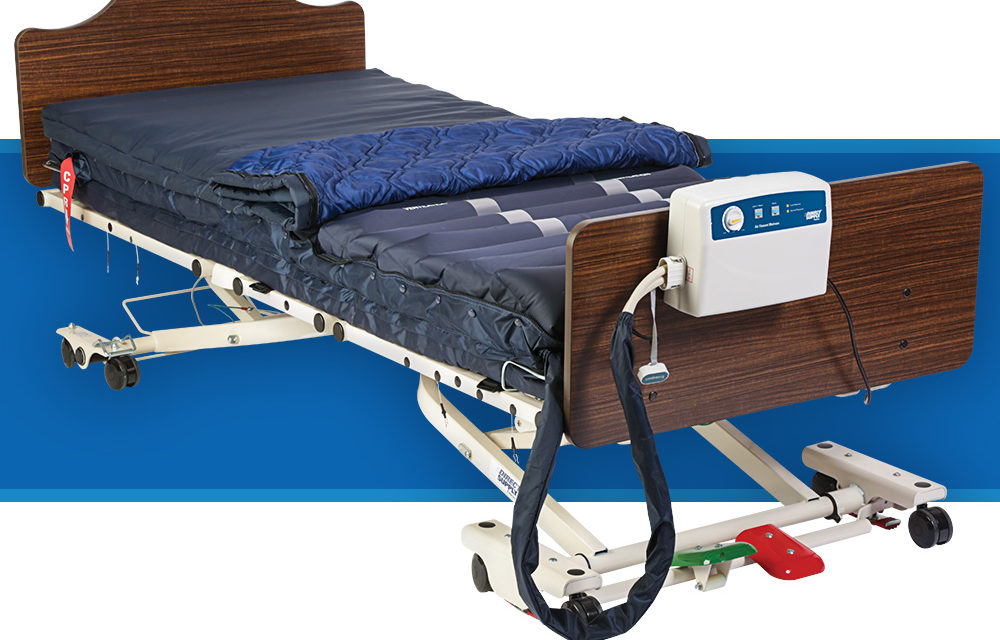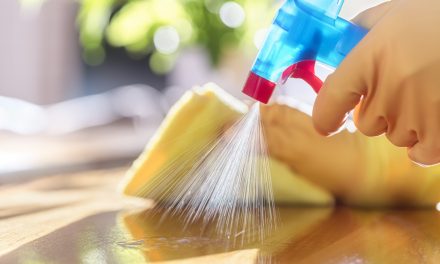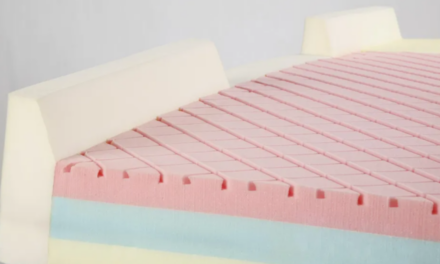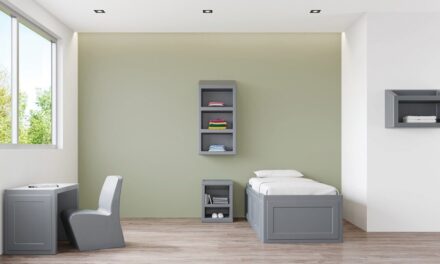Purchasing your hospital air mattresses (as opposed to renting them) can be an excellent investment for your healthcare environment, potentially saving thousands of dollars over the life of each mattress. While there are many reasons a care setting may choose to rent, we’ve discovered that one of the main factors holding back potential buyers is the anxieties over repair and maintenance.
Caring for your medical air bed doesn’t have to be daunting. Here are the five most common issues you may encounter and how to tackle them! Any time you are performing maintenance, it’s also a best practice to have the owner’s manual available for guidance.
1: Medical Air Mattress Pump Replacement
Because they are designed to run continuously, pumps do wear out over time. Replacing a pump, also known as a blower or control unit, is usually a very simple job, involving swapping air manifolds and power cords.
To help ensure a longer life for a pump unit, you should replace or clean any filters on a regular basis and power down pump units when they will be out of use for any extended period of time.
2: Hospital Air Mattress Cover Replacement
Whether due to damage or normal wear-and-tear, the outer cover of any mattress will deteriorate over time. Since these covers are often integrated with the air support core, the best strategy is to inflate the air base when replacing, and turn the mattress upside down before securing the bottom cover.
Be sure to follow the cleaning instructions provided by the mattress manufacturer to help maximize cover life and account for infection control.

3: Air Bladder Repairs
Once an air bladder is compromised, your staff or residents will notice that the mattress’s shape is incorrect or that the mattress is not providing sufficient support. Fortunately, most medical air mattresses feature field-replacement bladders.
With the mattress unoccupied, leave the pump connected and remove the top cover to find the damaged bladder and check on the surrounding hoses, connections and fittings in case other parts also need to be ordered. After replacing the affected air bladder, inflate the mattress and ensure normal functionality before putting the device back into use.
4: Air Bed Hose Replacement
The most common air hose replacements are related to the external manifolding – the hoses which connect the air base to the pump – because they are exposed and most likely to be damaged. External tubing is easily replaced, but on the rare instance an internal hose becomes clogged or dislodged, a maintenance technician can usually repair it without the need for replacement parts.
Look for medical air mattresses that feature quick-release hoses and bladders in order to help make repairs and replacements faster and easier.

5: Power Cord Replacement
Replacing a power cord is a relatively inexpensive and fast repair. While some power cords may look like universal cords, it is important to use replacement parts from the same manufacturer as the mattress – using an off-the-shelf cord may result in a safety hazard or regulatory non-compliance.
To help prevent the need to replace power cords, use smart cable management practices within resident rooms and train staff to use care when operating equipment near cords.
Owning your air mattresses can be easy – don’t let maintenance and repair responsibilities hold you back from the possibility of significant savings. Browse our selection of air mattresses today or learn more about how to choose the perfect unit for your care setting.




